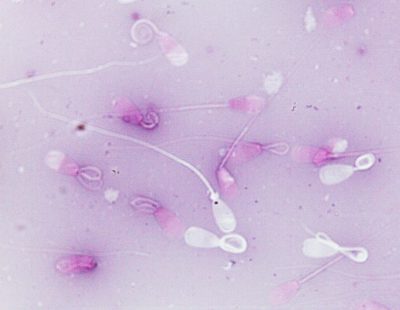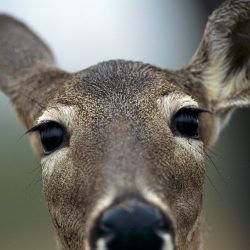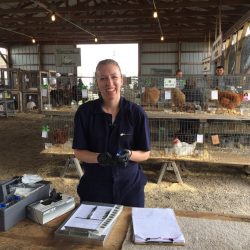The MSU College of Veterinary Medicine does hundreds of bull breeding soundness exams (BSE) every spring. What in the world is a BSE, and why is this important to food production? Let me explain it with a story.
This spring, bull #21, a young (18 months) Black Angus bull, was purchased by John to be his herd bull. #21’s job was to breed 20 cows so they would have calves the following spring, which John would raise and eventually sell to local buyers as part of a local food initiative. Fast forward to October, and John’s veterinarian came out to check the cows to see if they were pregnant. Bad news; not a single cow was pregnant. John was not happy, as he would not have any calves to sell. He was even more perplexed because he saw #21 breeding cows during the spring and summer.

John’s veterinarian suggested that the bull be examined for breeding soundness, a.k.a. a fertility check. The bull was brought to MSU and examined by the clinicians at the Veterinary Medical Center, as well as students who were learning how to perform BSEs. A BSE includes a careful physical examination of the bull with a focus on the reproductive tract—testicle, epididymis, penis, prostate, and other important structures. A semen sample also is collected an examined. This is where #21 had an issue. He was producing defective sperm that were unlikely capable of fertilizing eggs. It’s unfortunate that this BSE was done after the fact. In reality, bull #21 already had failed the ultimate BSE; he failed to get any cows pregnant.
In a typical year, 20 percent of bulls will not pass a BSE for various reasons, ranging from poor semen quality to physical defects and infections. The best time to do a BSE is prior to the breeding season, before these problems manifests in breeding season failures. Breeding season failures lead to less efficient production of calves and the end product, which is beef. At the MSU College of Veterinary Medicine, we provide this service to beef producers around Michigan and are training the next generation of veterinarians to do these examinations. This is an important example of how veterinarians and the College are supporting the production of safe, high-quality, and abundant food.



